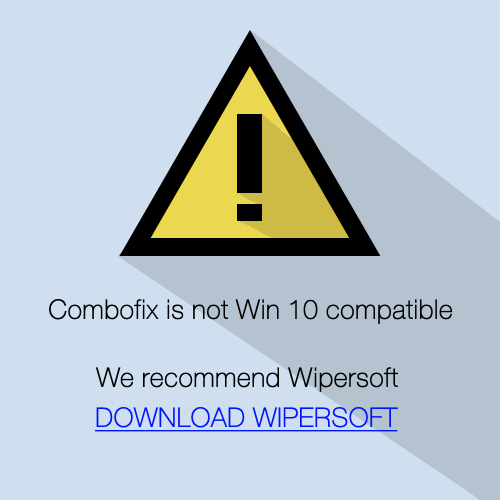Getting rid of malware from a system can be very frustrating, as these are hard to detect and remove, but with some useful tips and the correct steps, one can eliminate them from a system effectively. Some of the steps are easy even for a person who does not have much computer knowledge. The key is to identify the malware and then remove it completely, and for this one have to look for symptoms of malware infection, and then take removal measures to prevent any sort of damage to a system.
Tips for preparation of malware removal
There are instances when antivirus software might not work properly, and in such cases, you will have to remove malware infection manually. If you are searching for best ways of manual malware removal, then you are at the right place, as here you will find the best tips of manual malware removal. You have to start with preparation, and the tips for preparation include:
- System Restore: For manual removal of malware in a system, disable the system restore feature of your computer.
- Backup Registry: If you think that, you will lose your system settings, and then just make a backup of the system registry.
Tips to stop malware functionality
Once you are prepared with the backup of the registry, you can move ahead with restarting the system, and then booting it in the safe mode. For this, just press F8 and click of safe mode option. Check the programs that load at the time of booting and stop them to run at the boot time. Remember to do this in the safe mode, or else there will be a risk of the malware infecting the system again in the auto-start programs even after you have removed the programs manually.
Tips to check errors and delete the malware
It is important to check a system or errors prior to repairing or deleting malware from it. To check for errors and deleting malware follow the following steps:
- Run Check Disk or Scandisk function, and then find out the errors
- You can make a registry backup again
- You can also make use of a process monitor for checking whether malware have been loaded again
- Then you should start deleting the temporary files, web browser cache, Active X controls, and also empty recycle bin of all the users
- You should also clean the folder of java cache of all the Windows users.
Another important tip
Remember that a few of the malwares have the capability of masking themselves and they take on the appearance of native services of your system. Therefore, you should keep in mind that name of the process does not guarantee its legitimacy on the face of it. Once you remove such malware find out the executable file by going to RUN and then typing Msconfig. Further, click on startup tab in the System Configuration Utility section. After this, check the services, which initiate when you boot your system. In case, the malware entry exists here, then remove it from here as well.
